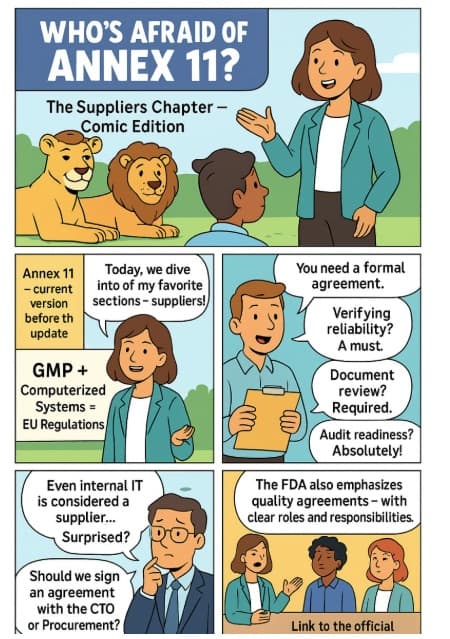How Do You Measure Integrity?

About eight years ago, I was asked a question that has stayed with me ever since. And today, in a completely different context, I found myself returning to that same question — and I thought: interesting, today I’d actually be able to answer it easily.
Back then, it was one of my very first lectures on Data Integrity in a professional forum. I stood in front of a group of quality managers, passionately explaining that data integrity is part of the organization’s immune system — it protects it from contamination, from errors, from loss of trust. I still love using this analogy when I talk about information security.
Then, someone at the far end of the hall raised her hand and asked: 👉 “So what are the actual metrics of Data Integrity? How do you measure its KPIs?”
And I froze. The only thing I could refer to was the retrospective aspect — or the fact that you’d passed the inspection successfully. It didn’t satisfy her, and I understood why.
At that moment, I realized we were talking about something that isn’t just technological or procedural — it’s human. How exactly do you measure culture? How do you measure integrity? Especially in the world of quality management?
Years have passed since, and I still think this was one of the toughest questions I’ve ever been asked on the topic. Technological challenges I usually solve through logic; cultural ones, not so much. That realization led me to host, for two years, a series of live sessions that later became podcast episodes, featuring friends and colleagues from different disciplines — mostly those working with culture, people, and soft skills. I wanted to explore every facet of the diamond.
Through this journey, I came to understand that the real KPI of Data Integrity isn’t just about percentages, graphs, or tables — it’s about how people behave when they’re alone with a system, or when they discover an error and decide — yes, to report it.
Of course, there are also the more “concrete” indicators: 📊 Percentage of validated systems 🧾 Percentage of records compliant with ALCOA+ principles 🎓 Percentage of employees who successfully completed DI training 🕒 Average time to close a CAPA related to DI 💬 Management meetings that proactively address data reliability
But beyond all that, in my view, the true KPI is when an organization stops asking, “What’s the metric?” and starts asking, “What else can we improve?”
What do you think? You can find the podcast episodes on Spotify or YouTube — search for “Talking About Data Integrity” (in Hebrew).
And in the picture — some recommendations for foods that keep you healthy. Winter is coming, and I’ve already started eating more oranges — even though some say they’re “the devil” because of the sugar 😉. So, how do you protect yourself?
Related Posts

#5 Who's afraid of Annex 11?
Annex 11 – Part 5 Or in other words: Another episode in the series "Who’s Afraid of Annex 11?" This time, we dive into one of the hottest topics among my collea...

#4 Who's afraid of Annex 11?
Annex 11 – Part 4 Or in other words: Another episode in the series "Who’s Afraid of Annex 11?" This time we focus on one of my favorite and most formative parag...

#3 Who's afraid of Annex 11?
🧭 Risk Management in Computerized Systems – A Core Principle of Annex 11 Quality control in computerized systems requires a structured, risk-based approach. T...